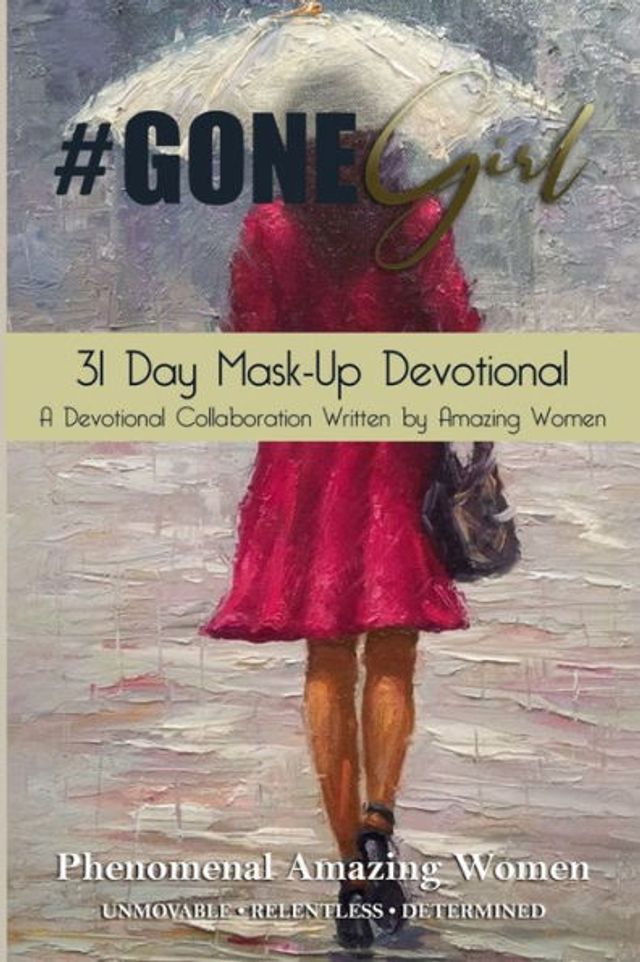Home
American Noir Film: From The Maltese Falcon to Gone Girl
Barnes and Noble
American Noir Film: From The Maltese Falcon to Gone Girl
Current price: $45.00


Barnes and Noble
American Noir Film: From The Maltese Falcon to Gone Girl
Current price: $45.00
Size: Hardcover
Loading Inventory...
*Product information may vary - to confirm product availability, pricing, shipping and return information please contact Barnes and Noble
A deep dive into classic noir films and how filmmakers today are refreshing and updating the genre for new generations.
Publishers Weekly
praises the book, noting, "Cinephiles will be enthralled” and
Library Journal
says it's a "well-written introduction to noir films and how the genre has continued to thrive as times changed.”
Booklist
calls it a "riveting history of the film noir genre" in a starred review, saying, "This is one of the best, best written, most insightful analyses of film noir, and it demands to be read by fans of film history.”
In
American Noir Film
, M. Keith Booker introduces readers to the cult-favorite genre of film noir and discusses the ongoing power and popularity of the genre’s key elements and themes in modern films, often considered neo-noir, well into the twenty-first century. Booker covers a wide range of noir favorites, from the early classics
The Maltese Falcon
and
The Big Sleep
, to late twentieth-century neo-noir such as
Chinatown
,and ultimately newer iterations of the genre as seen in such films as
Inherent Vice
,
Promising Young Woman
, and
Uncut Gems
.
contains three separate parts, each exploring crucial categories of noir: the detective film, the lost man film, and femme fatale films. Within each section, Booker discusses the essential classic noir films that embody these themes as well as neo-noir films that invite viewers to analyze how the traditional components of noir have evolved with filmmaking. Finally, each section concludes with twenty-first-century films that evoke noir elements while refreshing the genre and enhancing viewers’ appreciation of the originals that inspired them—what Booker terms “revisionary noir.” Whether new to noir films, students of the genre, or long-time fans, readers will be sure to learn what makes this genre so special, discover why filmmakers keep coming back to it, and find a new favorite movie to add to their shelves.
Publishers Weekly
praises the book, noting, "Cinephiles will be enthralled” and
Library Journal
says it's a "well-written introduction to noir films and how the genre has continued to thrive as times changed.”
Booklist
calls it a "riveting history of the film noir genre" in a starred review, saying, "This is one of the best, best written, most insightful analyses of film noir, and it demands to be read by fans of film history.”
In
American Noir Film
, M. Keith Booker introduces readers to the cult-favorite genre of film noir and discusses the ongoing power and popularity of the genre’s key elements and themes in modern films, often considered neo-noir, well into the twenty-first century. Booker covers a wide range of noir favorites, from the early classics
The Maltese Falcon
and
The Big Sleep
, to late twentieth-century neo-noir such as
Chinatown
,and ultimately newer iterations of the genre as seen in such films as
Inherent Vice
,
Promising Young Woman
, and
Uncut Gems
.
contains three separate parts, each exploring crucial categories of noir: the detective film, the lost man film, and femme fatale films. Within each section, Booker discusses the essential classic noir films that embody these themes as well as neo-noir films that invite viewers to analyze how the traditional components of noir have evolved with filmmaking. Finally, each section concludes with twenty-first-century films that evoke noir elements while refreshing the genre and enhancing viewers’ appreciation of the originals that inspired them—what Booker terms “revisionary noir.” Whether new to noir films, students of the genre, or long-time fans, readers will be sure to learn what makes this genre so special, discover why filmmakers keep coming back to it, and find a new favorite movie to add to their shelves.


![Gone Girl [Blu-ray]](https://prodimage.images-bn.com/pimages/0024543566700_p0_v2_s600x595.jpg)

![Gone Girl [Original Motion Picture Soundtrack] [LP]](https://prodimage.images-bn.com/pimages/0888750295316_p0_v2_s600x595.jpg)













